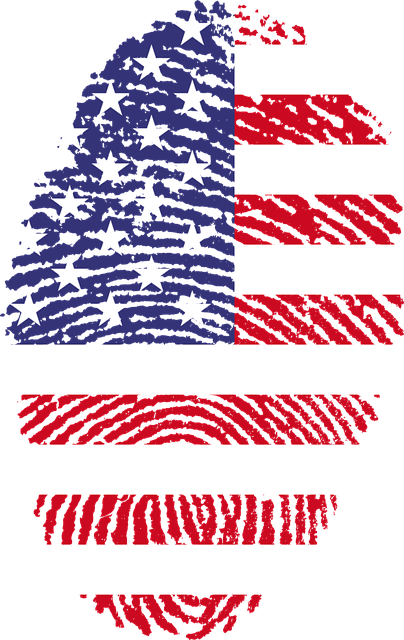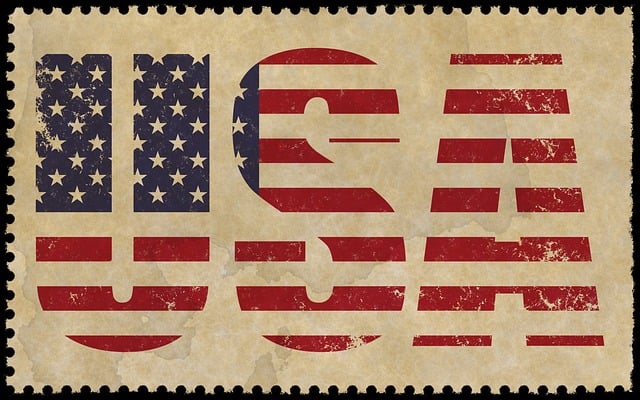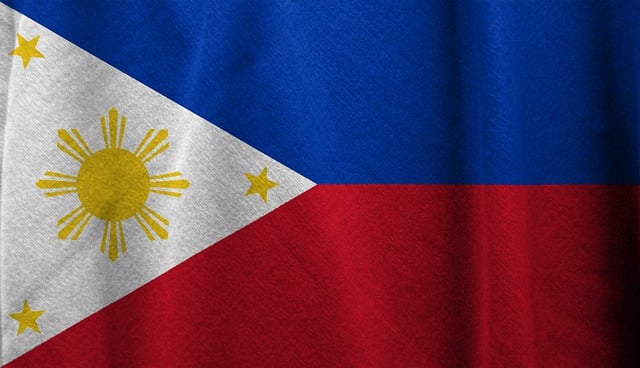The We the People ethos, a foundational principle of the U.S. Constitution, is symbolized by the American Flag, representing liberty, unity, and shared values. Its design, evolving over time, reflects pivotal historical moments, with each addition signifying inclusivity and individual rights. The flag unifies Americans during celebrations and becomes a rallying cry for change in protests, highlighting its dynamic role as a testament to America's ideals of freedom, equality, and democracy, with global significance.
“The iconic We the People and its embodiment, the American Flag, stand as powerful symbols of liberty and identity. This article explores the deep-rooted symbolism and historical context behind this national emblem. From its inception to global recognition, we delve into how the flag represents unity and the evolution of American rights. By examining design elements, its role in celebrations and protests, and its impact beyond borders, we uncover the multifaceted significance of We The People as a defining aspect of the American spirit.”
- The Symbolism of We the People: Unraveling the Foundation of American Identity
- The American Flag: A Visual Embodiment of Liberty and Unity
- Historical Context: How the Flag Has Evolved with American Rights
- Design Elements: Deciphering the Stars and Stripes
- The Flag's Role in National Celebrations and Protests
- Global Recognition: What the Flag Means Beyond American Borders
The Symbolism of We the People: Unraveling the Foundation of American Identity

“The phrase We the People etched into the opening of the United States Constitution is more than just words; it’s a powerful symbol of American identity and democracy in action. This simple yet profound expression represents the collective strength and unity of Americans, fostering a sense of shared purpose and rights. When we raise the American Flag, we are not merely displaying red, white, and blue; we are honoring the principles of liberty and self-governance that our nation was founded upon.
The We the People sentiment embodies the idea that America is a nation of its citizens, for its citizens. It’s a testament to the power of the people in shaping their governance and destiny, reflecting the core values of freedom, equality, and justice. This symbolism serves as a constant reminder that the American identity is not just about geographical boundaries but the ideals we uphold and the rights we protect under the flag, fostering a deep sense of pride and patriotism among its citizens.”
The American Flag: A Visual Embodiment of Liberty and Unity

The We the People ideal is a cornerstone of the American nation, and its visual symbol, the American Flag, embodies this principle of liberty and unity. This iconic banner, with its thirteen stripes representing the original colonies and fifty stars signifying the current states, serves as a powerful reminder of the collective struggle for freedom and equality. Each star and stripe tell a story of resilience, sacrifice, and the unyielding pursuit of rights that define America.
The design of the American Flag is a testament to the diverse tapestry of cultures, ethnicities, and backgrounds that make up We the People. It stands as a symbol of shared values, fostering a sense of unity among citizens from all walks of life. This visual representation encourages a collective identity, reinforcing the idea that the rights guaranteed by the nation’s founding documents are for every American, irrespective of their background.
Historical Context: How the Flag Has Evolved with American Rights

The We the People ethos, enshrined in the U.S. Constitution, has always been a guiding principle behind the evolution of the American Flag. Since its inception, the flag has undergone significant changes, reflecting the nation’s ongoing struggle for rights and liberty. Initially, the flag primarily symbolized national unity and identity. However, as the country navigated through pivotal moments like the Civil War, women’s suffrage, and the civil rights movement, the design incorporated new elements to represent these expanded interpretations of freedom and justice.
Today, the stars and stripes continue to be a powerful symbol of American ideals. Each addition to the flag—whether it be a new state or the representation of diverse communities—signifies the ongoing commitment to inclusivity and the protection of individual rights. This historical context underscores how the We the People spirit has shaped the American Flag, transforming it from a simple emblem into a dynamic testament to the nation’s progression towards equality and liberty for all.
Design Elements: Deciphering the Stars and Stripes

The We the People American Flag, with its vibrant red, white, and blue hues, is more than just a symbol; it’s a powerful representation of the nation’s core values—liberty, justice, and equality. Deciphering its design elements offers a glimpse into the history and principles that founded this great nation. The flag’s stars and stripes each hold significant meaning.
The 50 white stars on a blue field symbolize the 50 states of the United States, while the 13 red and white alternating stripes represent the original 13 colonies that declared independence. This unique blend of past and present, unity in diversity, is what makes the American Flag such a potent emblem of freedom and the ideals upon which this country was built.
The Flag's Role in National Celebrations and Protests

The We the People spirit embodies the essence of the United States, and its symbolic representation is none other than the American Flag. This iconic symbol plays a pivotal role in both national celebrations and protests across the country. During celebrations like Independence Day or flag-raising ceremonies, the flag unifies Americans under a common cause, symbolizing their shared values and freedoms. It serves as a powerful reminder of the nation’s history, struggles, and achievements.
Conversely, during protests, the American Flag can be a tool for both unity and dissent. Protesters often wave it to express patriotism and advocate for change, highlighting the inherent freedoms and rights guaranteed by the nation. However, its usage can also vary, with some protesters using it as a symbol of defiance against perceived abuses of power or to challenge specific policies, reflecting the complex relationship between national identity and political activism.
Global Recognition: What the Flag Means Beyond American Borders

The We the People American Flag is more than just a symbol; it represents universal ideals of freedom, democracy, and unity. Beyond its role as a national icon within America, the flag carries profound significance globally. Its red, white, and blue stripes and stars resonate internationally as a beacon of hope and a testament to the power of these values in shaping a nation.
People around the world recognize the American Flag as a symbol of liberty and human rights, often inspiring movements for democracy and self-determination. It serves as a reminder that these fundamental freedoms are not limited by geography but are aspirational ideals that transcend borders. This global recognition underscores the influence of America’s founding principles and the enduring appeal of the flag as a universal standard for justice and equality.
